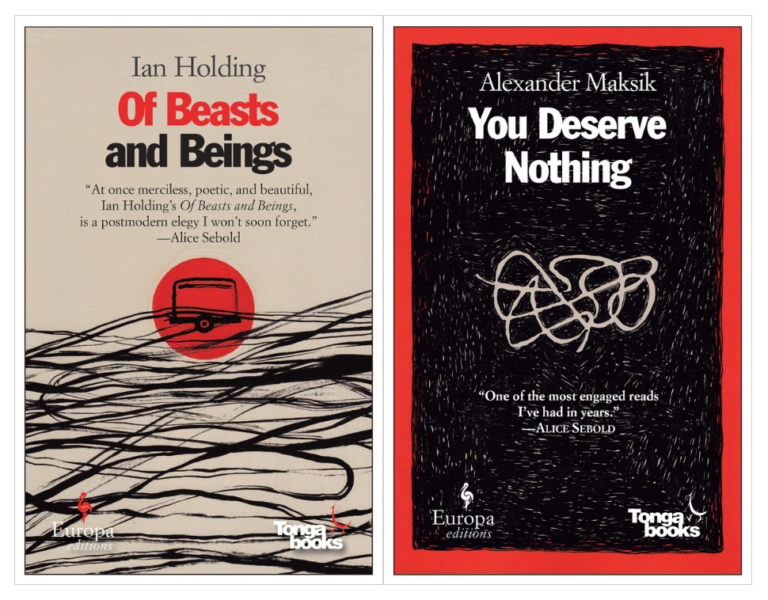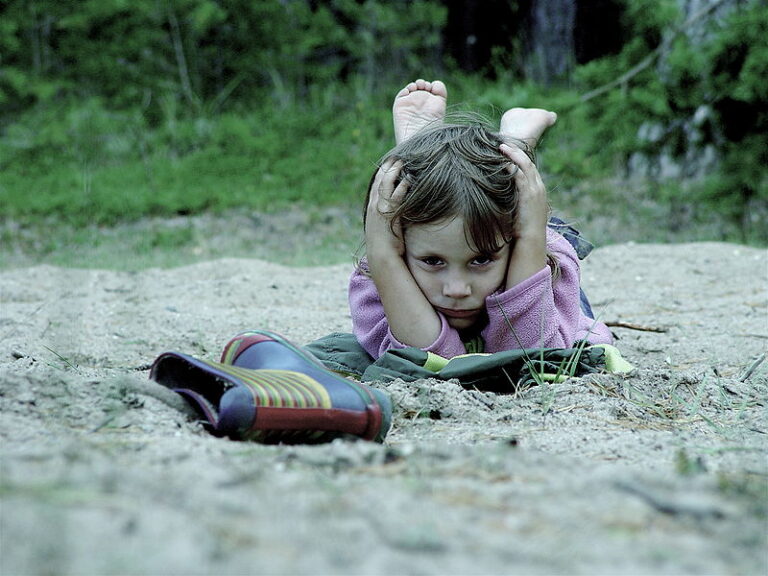The Best Story I Read in a Lit Mag This Week: “Wake Turbulence” by Laurie Ann Cedilnik
As a recent transplant to New York from Arizona, I’ve been a little obsessed with place lately—about what the landscapes of home show us when we live inside them versus when we’re removed, what happens when we start seeing our surroundings as more than just background noise—so I was delighted to come across Laurie Ann Cedilnik’s story “Wake Turbulence” in issue 71 of West Branch. The story grapples with loneliness and place, what it means to live or grow up near a public tragedy, and how to connect with other humans when physical proximity is close but emotional distance is great.
In “Wake Turbulence” Aurora, a gangly thirteen-year-old girl from Far Rockaway, deals with the typical anxiety that accompanies adolescence. But she also has extra pressure at home: her older teenage sister Renee has just had a baby. Eager to distance herself from her sister and nephew, Aurora spends her free time on the town’s boardwalk, where she meets Margo, a wealthy mother who lives in a fancy condo nearby.
At the center of the story is the Flight 587 memorial—the location where Aurora and Margo meet, the place Aurora revisits, and a spot along the boardwalk that is both ignored and shown close attention. Memorials are strange places: they are part decoration, part public space, part place of mourning. Cedilnik takes advantage of this amorphous quality by using the memorial to not only ground us in the setting and to characterize Far Rockaway—we get the image of the beach, the boardwalk, the greasy food—but also to develop these two central characters.
For Aurora the memorial is the spot where she eats her cheese fries. The memorial isn’t a destination: she ends up at this part of the boardwalk when there’s nowhere else to go. We can feel her loneliness here, her restless energy, her desire for a life that looks different than her own (but different in which way she isn’t sure). Teenagers often adapt public spaces for their own use—they skateboard on railings, they turn a parking lot into a hangout, and they try to take what’s been made by adults and make it into something of their own. But often this transformation of space comes from group collaboration, something solitary Aurora doesn’t have access to, so the memorial remains untransformed and we’re able to witness her discomfort. Cedilnik’s use of the location here is great because she’s able to communicate Aurora’s feeling of isolation without telling us directly: Aurora is lonely.
Margo, on the other hand, only sees the memorial as a piece of art, a waypoint, a spot along the beach that marks her progress on her walks with her daughter. When we first see Margo approach the memorial, she’s trying to read a Spanish quotation aloud to her daughter, who is too young to understand or respond. Margo appears insincere here, aware of what the memorial represents, and feeling obligated to acknowledge it without really wanting to engage with what it means. When faced with the deaths of 265 people, Margo asks Aurora, “Did they ever find out what did happen?”, a question even 13-year-old Aurora can see is reductive. By forcing Margo to interact with the memorial, Cedilnik shows us that Margo, well intentioned though she may be, is only ultimately interested in the surface of things.
Cedilnik includes another character, a woman who uses the space the way it was intended: for grieving. Both times we see Aurora in scene at the memorial this stout dark-haired woman is there too, pressing her palm against the wall of the memorial and lighting a candle, her expression pensive and hurting. Cedilnik has already done a great job of showing us who Aurora and Margo are by using this space, but the inclusion of this other woman provides us with the contrast we need in order to clearly see them as flawed, yearning, lonely people. They might understand the plane crash in their own ways, but still they’ve been spared the intimate understanding of this woman’s loss.
The memorial also brings us to the central emotional issue of the story—what does it mean to be caught in someone else’s wake? Who is responsible? Is anyone responsible for anything? How do you cope with what it means to be alive, when an engine could fall out of the sky at any moment and kill you? But I’ll leave that for you to explore when you get your hands on a copy of this lovely, moving story.
“The Best Story I Read in a Lit Mag This Week” is a new series focused on—you guessed it—great pieces of fiction in recent issues of literary journals. Have a journal you think I should check out? Tell me about it in the comments or shoot me an email at lymreese at gmail dot com.


